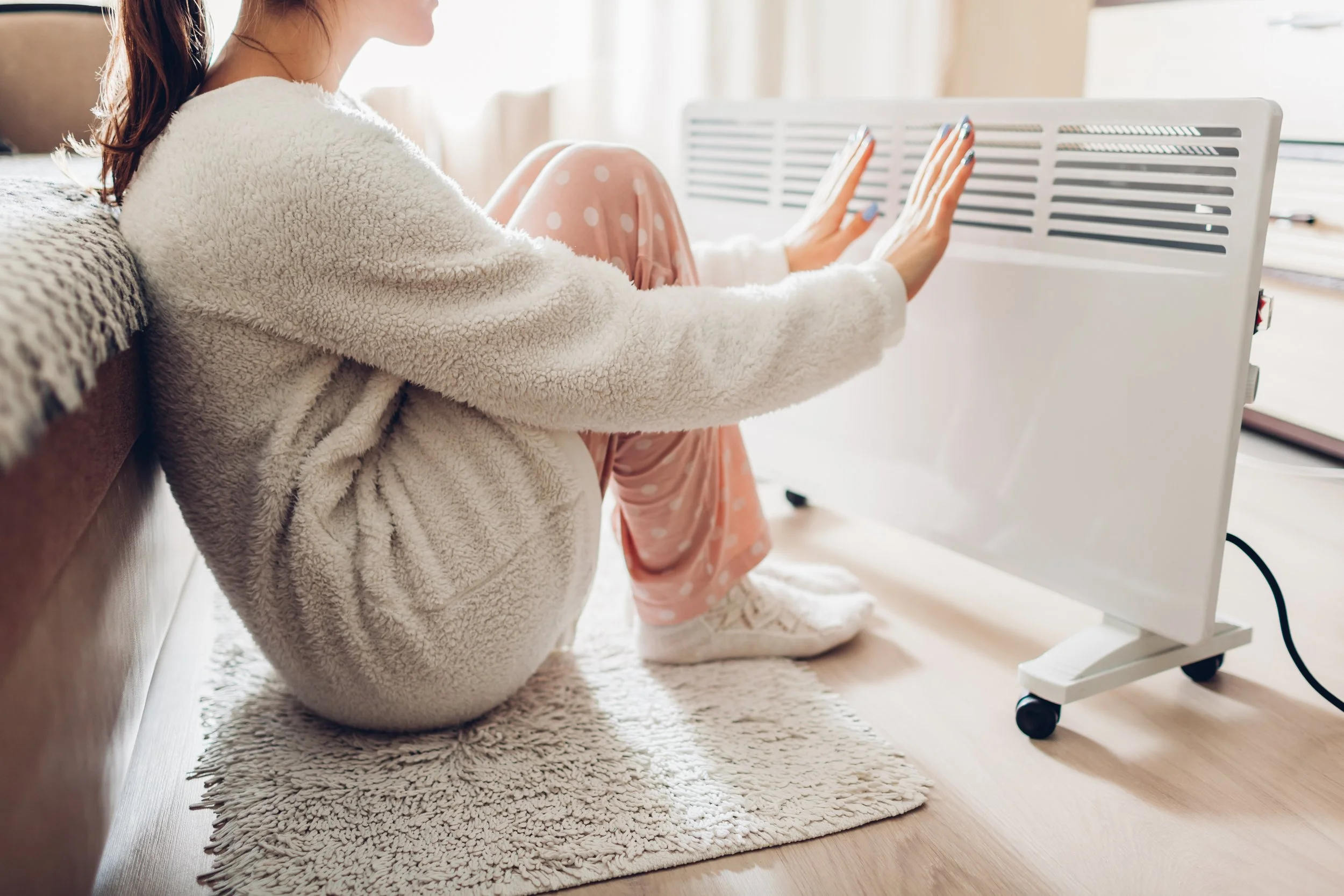Painful Game-Changers
Netball season has kicked off for most competitions, and we are now spending time each week either playing netball or cheering our loved ones on from the sidelines.
Netball is a dynamic and exhilarating sport that requires agility, coordination, and teamwork. However, like any physical activity, it comes with risks, and injuries are an unfortunate aspect of the game.
Understanding how to prevent and manage common netball injuries is crucial for players, coaches, parents and anyone involved in the sport.
In this blog post, I have summarised the most common lower limb injuries we see at Blackwood Podiatry.
Ankle Sprains
Ankle sprains are one of the most prevalent injuries in netball, occurring when the ligaments supporting the ankle stretch or tear due to sudden twists or awkward landings.
Treatment typically involves the RICE protocol (rest, ice, compression, elevation), followed by referral for strengthening exercises and proprioception training to prevent recurrence.
Prevention strategies for ankle sprains include:
Wearing appropriate and supportive footwear on the court.
Using ankle braces or tape for additional stability during play.
Proper warm-up and cool-down routines before and after games.
Strengthening exercises for the muscles around the ankle.
Balance and proprioception training to improve ankle stability.
Shin Splints
Shin splints, or medial tibial stress syndrome, cause pain along the front of the lower leg and are often the result of overuse or improper training techniques.
Treatment includes rest, ice, stretching exercises, and addressing any underlying biomechanical issues contributing to the condition.
Prevention strategies for shin splints include:
Gradually increase training intensity to avoid overuse.
Ensuring proper footwear with adequate cushioning and support.
Incorporating cross-training activities to reduce repetitive stress on the shins.
Stretching and strengthening exercises for the calf muscles and anterior tibialis.
Listening to the body and taking rest days when experiencing early signs of shin pain.
Achilles Tendinopathy
Achilles Tendinopathy involves pain and inflammation in the Achilles tendon, often resulting from overuse or sudden increases in training intensity.
Treatment typically includes rest, ice, stretching, and eccentric strengthening exercises to improve tendon strength and flexibility.
Prevention strategies for Achilles Tendinopathy include:
Gradual progression in training intensity to avoid overloading the Achilles tendon.
Incorporating eccentric strengthening exercises for the calf muscles.
Stretching the calf muscles regularly to maintain flexibility.
Wearing appropriate footwear on the court.
Avoiding sudden increases in activity level, especially jumping and running.
Patellar Tendinopathy
Patellar tendinopathy, also known as jumper's knee, causes pain and inflammation in the patellar tendon due to repetitive jumping and landing movements.
Treatment may include rest, ice, strengthening exercises, and addressing any biomechanical factors contributing to the condition.
Prevention strategies for patellar tendinopathy include:
Strengthening exercises for the quadriceps and hamstring muscles to improve knee stability.
Wearing appropriate footwear with adequate shock absorption and support.
Gradually increase training intensity to avoid overloading the patellar tendon.
Incorporating stretching and foam rolling to maintain flexibility in the lower limbs.
ACL Injuries
ACL injuries, or anterior cruciate ligament injuries, are severe knee injuries often resulting from sudden changes in direction or awkward landings.
Treatment depends on the severity of the injury. Minor sprains may heal with non-surgical treatments, however, full ACL tears cannot be healed without surgery. Therefore, immediate medical assessment is required to determine the extent of any knee injury.
Prevention strategies for ACL injuries include:
Strengthening exercises for the muscles around the knee, including the quadriceps, hamstrings, and glutes.
Incorporating neuromuscular training to improve balance, agility, and proprioception.
Using proper landing and cutting techniques to reduce the risk of awkward movements.
Wearing supportive footwear with good traction and stability.
Implementing preseason conditioning programs to prepare the body for the demands of netball.
How podiatrists can play a role on your netball court
Podiatrists play a vital role in helping netball players navigate the management and prevention of lower limb injuries.
Here’s how our team at Blackwood Podiatry can help:
We provide acute injury assessment and management.
We assess gait and lower limb biomechanics to identify any issues contributing to an injury (or potential injury).
We provide personalised netball footwear recommendations tailored to your foot type and biomechanical needs, ensuring optimal support and comfort on the court.
We prescribe orthotic therapy (when required).
We prescribe strength and strengthening programs to prevent or manage injuries.
We educate on proper ankle strapping techniques, empowering players to take proactive steps in injury prevention.
We work with other health care providers (e.g., physiotherapists, sports doctors, and orthopedic surgeons) to deliver a comprehensive and coordinated approach to treatment and rehabilitation.
As you can see, Podiatrists play an essential role in the health and well-being of netball players; ensuring you stay at the top of your game while minimising the risk of lower limb injuries.
So, if you have a netball (or other sport) lower limb injury, please reach out to our podiatry team who can help.







